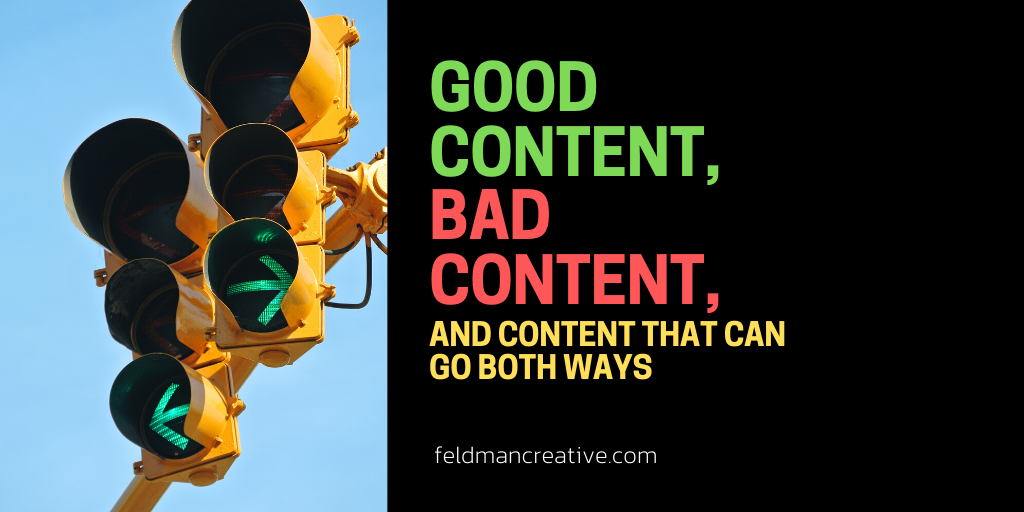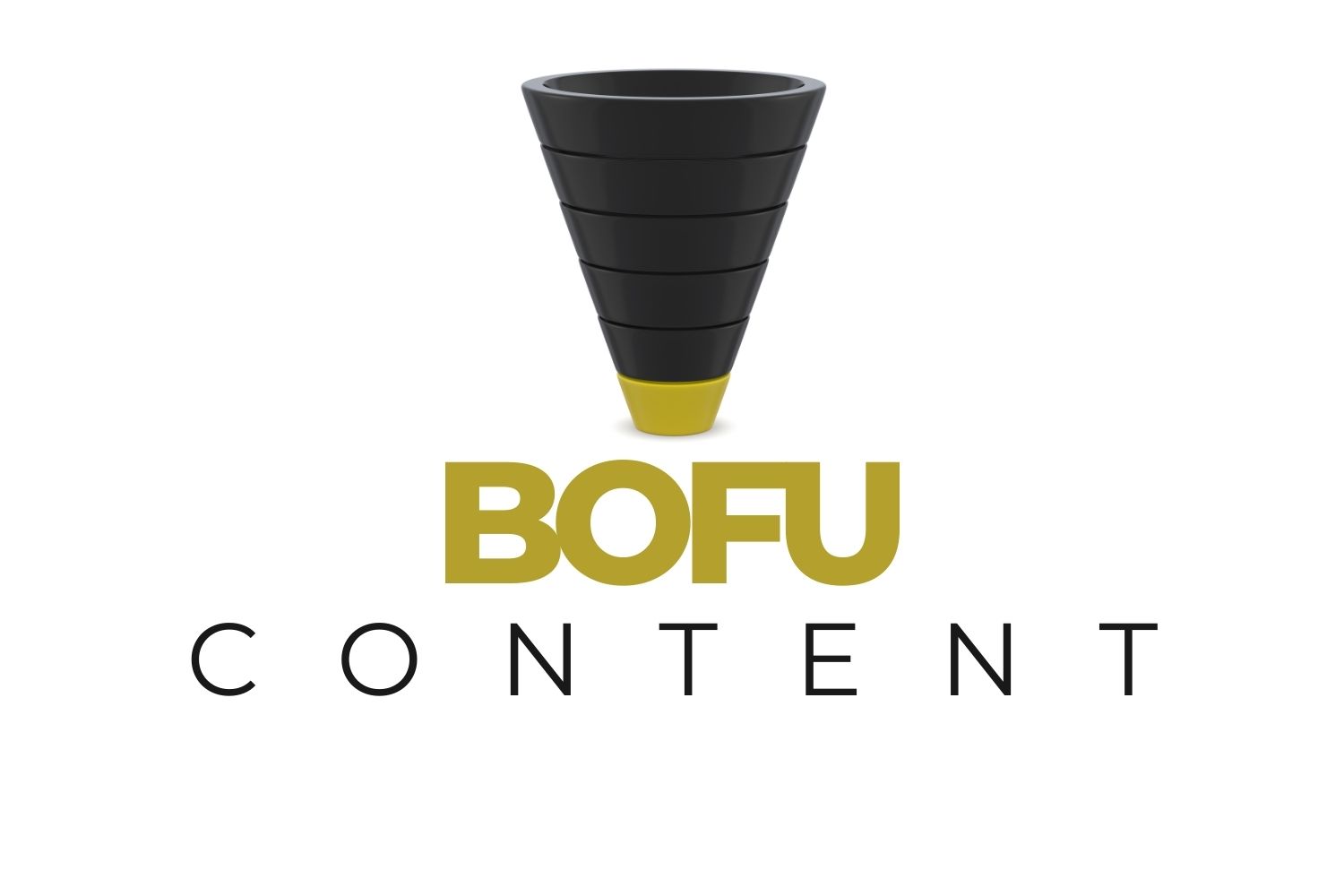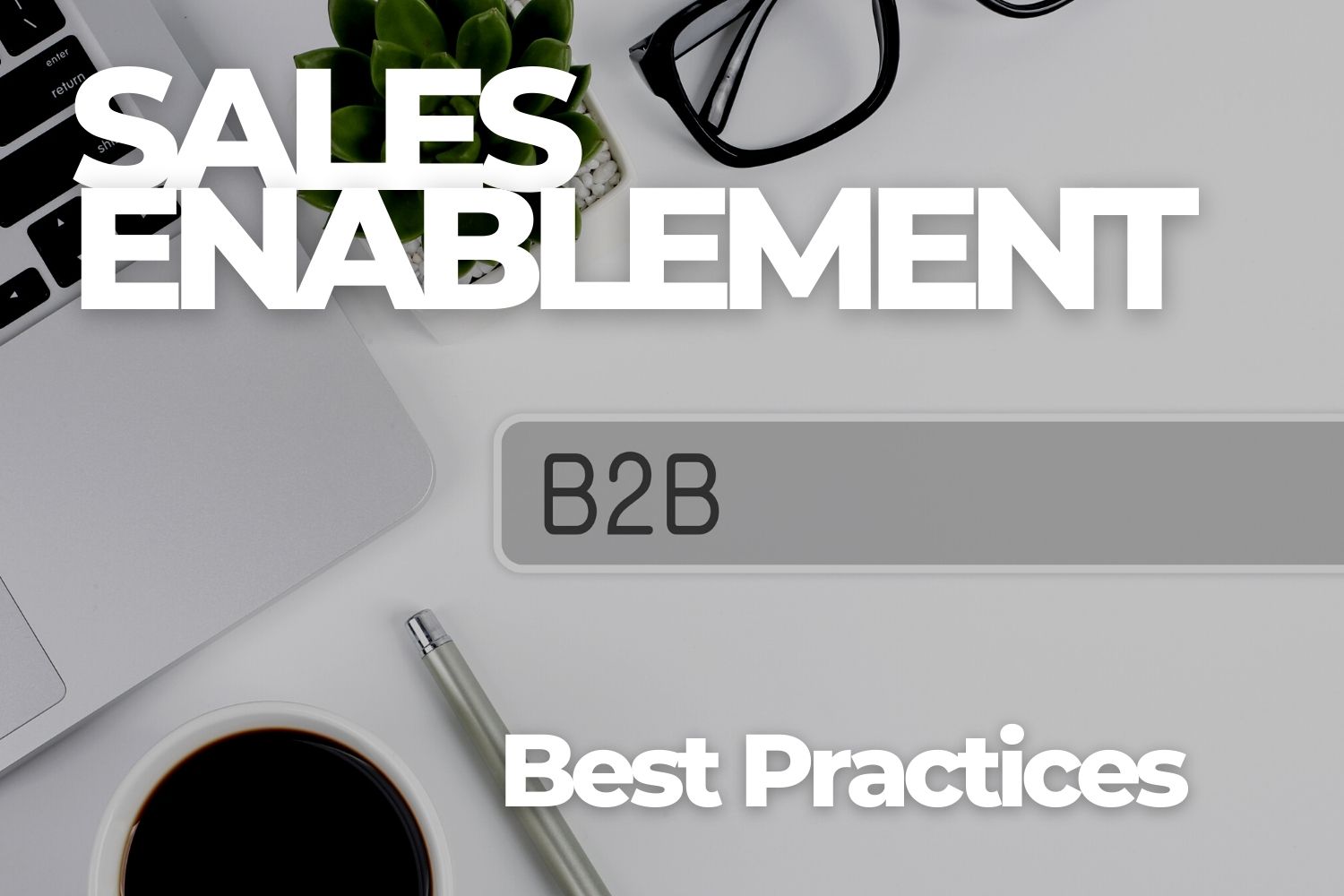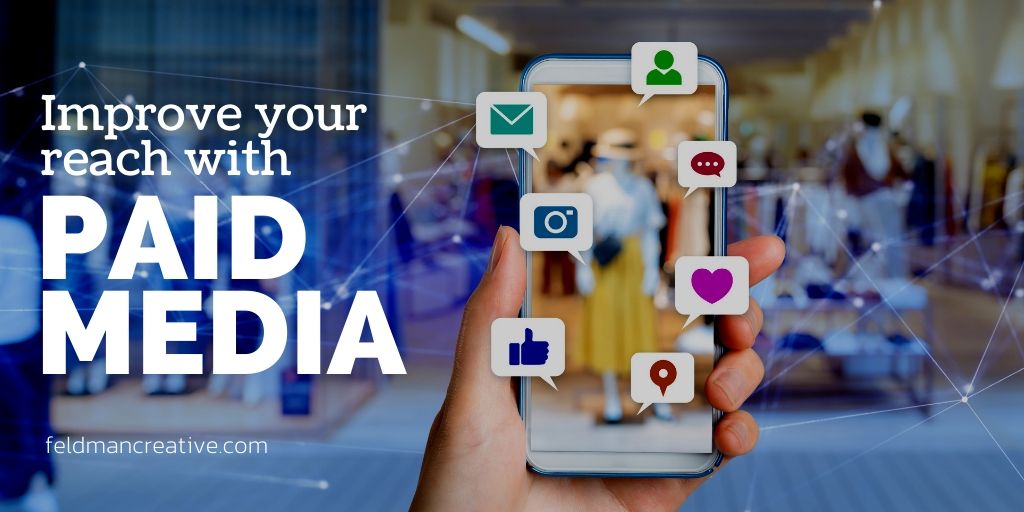Only 9% rate their content marketing strategy as excellent, so says last year’s The State of Content Marketing report by SEMRush.

That sucks. As much as 91% are burning time and money or putting a dangerous amount of faith in a marketing approach for which they lack the necessary skills.
It’s time to put more thought into your content and inject some excellence in your strategy. I have a boatload of ideas about what makes for good content, what makes for bad content, and tactics that can go either way. Let’s get into ‘em.
Good content can be…
Relevant
Yeah, I suppose I’m kicking this list off with what seems like a no-duh idea, but I continue to see brands that aren’t in touch with what pains their prospects and fall short of understanding their educational, entertainment and inspirational needs.
You fix this by (1) creating solid buyer personas, (2) asking customers and customer-facing employees what they need, and (3) analyzing where your competitors are kicking your butt.
Entertaining
Anyone, on occasion, can stumble their way into producing a decent how-to. The best content marketers hire talented creators to make the story entertaining. Your goal shouldn’t be only to get people to visit your website (or content channel), it should be to compel them to keep coming back for more.
Your goal shouldn’t be only to get people to visit your website (or content channel), it should be to compel them to keep coming back for more. Share on XHelpful
Helpful rules. Helpful is why content marketing rules. And helpful doesn’t mean helping yourself; it means helping your audience have a more rewarding experience.
Authentic
Authentic is a bit hard to describe, but inauthentic is easy to snuff-out and it’s an audience repellant. Create content only if you genuinely want to help and ixnay the BS. Also, your content should be by a person, not a company.
Data-based
Much of the best content presents original research or applies data that’s useful and real. Of course, there’s a glut of second, third, fourth and fifth-hand data flying around because fact-checking tends to fly out the window in online marketing. Cite real, recent, and relevant data and link to its original source.

Data-driven
This gets back to relevance. As I wrote above, there are some proven ways to identify what’s relevant to your prospects and customers. Add to this list the data your analytics reveals. Nearly every measure that is important to your brand is a number or set of numbers that live in the reports provided by Google, email providers, marketing automation systems and social media channels.
Save-worthy
Oh, how I love hearing from a customer, reader, fan, follower, or peer that my content was so helpful they saved it, bookmarked it, pinned it, or the like. Make an effort to make stuff worth saving.
Useful
I didn’t necessarily put “useful” on this list to reiterate “relevant” or “helpful,” but to stress how good, sometimes great, content can be a tool or template or even app. The point is it gets used and therefore saves your audience time and/or money.
Revealing
I chose the word “revealing” but I also mean surprising, shocking, provocative and so forth. My point is, while of course your content can aim to teach, you can gain credibility points if you’re able to shoot down myths and misconceptions or boot some nonsense out of someone’s brain.
Emotional
You may not be able to elate, enrage, or deject someone every time you write or record content, but your content will be more engaging and effective when you understand there’s a human on the receiving end. He or she has feelings. Fondle them.
Exciting
I’ll grant you, content that qualifies as helpful and relevant often won’t bring people to the edge of their seat or play out like an adventure film. However, there are multiple ways you can enliven your content (courtesy of a post by Larry Alton on HuffPost):
- Tell a story
- Write in a personal, conversational style
- Create urgency with your headline
- Write a great lead to build anticipation
- Inject cultural references
- Toss in surprising elements
Visual
It takes more time and effort to make your content more visual, but…
- Your pillar, evergreen content that you invest so much time in writing will deliver a far greater user experience when you include images and video.
- Your content is likely to earn more shares, backlinks, engagement and SEO juice.
- It’s worth it.
In addition to photos, consider visual elements such as:
- Illustrations
- GIFs
- Infographics
- Charts
- Screenshots
- Lists
- Quotes
- Slides
- Short videos
Easy on the eyes
Easy on the eyes = more likely to be consumed (and vice-versa). How many times have you seen ugly blog designs and articles that present a wall of text only?
The fix: break it up with subheads, lists, pull quotes, graphics, photos, embedded visual content, or anything that makes written content less work to read. Use whitespace and simple, sizable fonts.
Original
Obviously, digital media makes it easy to copy the work of others and claim it as your own. Obviously, it happens relentlessly. And obviously, it’s a crime and I’m sure you won’t do it.
However, you need not be a bad guy to borrow good ideas. It’s perfectly okay to cover territory and topics that have been trodden upon. In fact, you probably do want to put your fingerprints on popular topics in your field. When you do, bring an original voice and point of view.
Take this post, for example. Am I the first to make a list of what makes for good content? Of course not. Have I made it all mine? I sure tried.
Collaborative
Collaborative content—as well as crowd-sourced—can be great. Consider publishing interviews and roundups and playing host with experts in your webinars, podcasts, chats, etc. Feature insights from authors, partners and relevant professions in your blog posts and infographics too. Doing so will help you establish authority and you’ll make important connections along the way.
Thorough
The research continues to indicate longer content earns more pageviews, shares and backlinks.
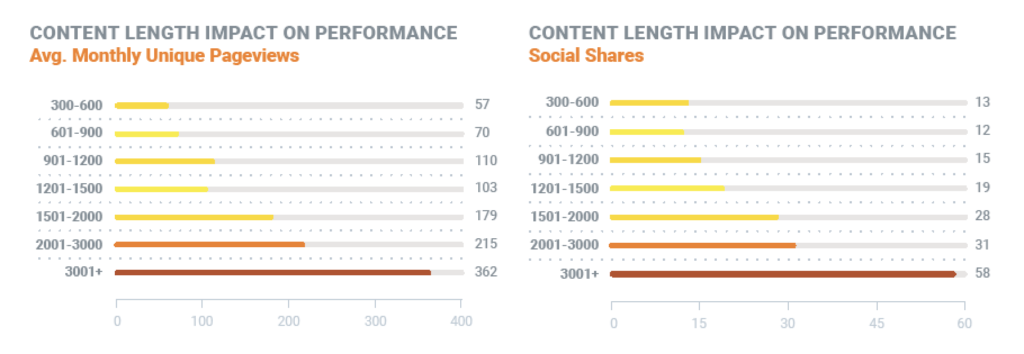
Okay, I’ll buy it. However, I have pages that have done great in each of these metrics, and more, that don’t contain thousands of words, or even close.
Don’t be long-winded. Be thorough. Great content wrestles a challenge to the ground and may naturally include the elements viewers, sharers, outside publishers, and yes, even search engines love.
Repurposed
You’ve heard the virtues of repurposing content extolled before. Yes indeed, repurposing is a good thing. This article, for instance, could easily become a presentation, webinar, download, infographic, video, email, and a heap of social media posts.
Repurposing content in different ways via multiple outlets can increase your audience reach and appeal to differing media tastes.
Optimized
Organic search is bound to be your prevailing source of traffic. Learn how to optimize for search and give it a chance to win eyeballs on the channel that matters most.
Demonstrative
“Giving proof” is one definition of “demonstrative” and the one I mean here. When you deliver a lesson, tell a story, or both, your content gets all the more solid and believable by showing your audience precisely what you mean.
Demonstrate with:
- Screenshots
- Customer stories
- Data
- Video
- Photos
Directive
Calling all content marketers: content can, and should, generate leads.
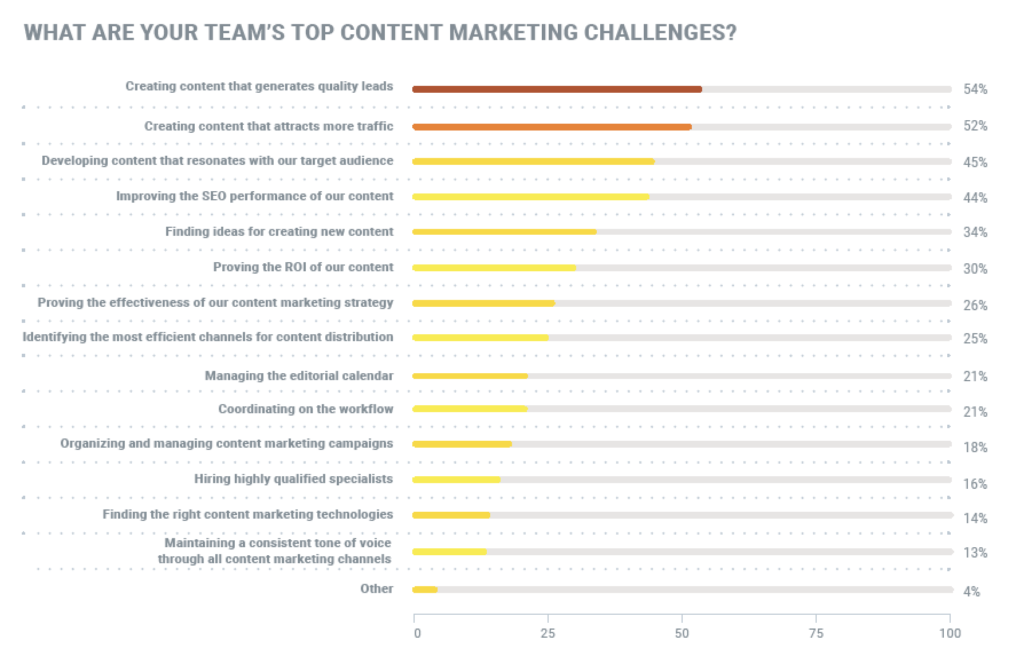
Generating leads is the content marketer’s leading challenge and many of the others that made this list support it. A simple little tip (that’s often not taken) is to include a prominent call to action designed to generate leads. It’s not pushy or out of bounds; it’s smart.
Bad content is often…
Boring
You like to read, watch or listen to boring stuff? I didn’t think so. Boring’s bad. And please, don’t play the “I’m covering a boring topic” card. There are no excuses for subjecting the world to boring content. If you’re not able to get your material to sing and dance a bit, find someone who can.
If you’re not able to get your content to sing and dance a bit, find someone who can. Share on XSloppy
I’m no longer amazed—but still appalled—by how many companies publish slop. Bad grammar, spelling, syntax, structure, formatting, bad links, etc…
C’mon. Don’t rush. Don’t write it off as unimportant. And don’t excuse your slop for any reason. If you want your audience to take your content seriously, get serious about maintaining high quality standards in every regard.
Dated
Sure, when you deliver content into the word for a prolonged length of time, it’s bound to get dated. I believe you should date it. If you refuse to, then you should keep it up-to-date. In my book, out-of-date content is big turnoff. I’m especially sensitive to it when it pertains to a relentlessly changing topic, like marketing or technology, and cites crusty old data.
Dense
I told you thorough is good. Go deep when you can. Dense is different. What I mean by “dense” is:
- Articles with overly long paragraphs or no paragraphs
- Pages with no white space
- Webinars that drone on relentlessly with no pace-breakers
- Videos and podcasts that are longer than they need to be
You get the idea, I hope. Whatever format you’re expressing yourself in, if you don’t give it some breathing room, you run the risk of suffocating your audience.
Off-brand
Your brand’s voice extends to your blog, vlog, social media and so forth. Sure, you may want to expand its perspective to include new contributors, from inside or out, but I suggest you take care to maintain some continuity. Consider your brand’s voice, tone, and style and edit accordingly. Deliver a cohesive, on-brand narrative across your media spectrum and over time.
Predictable
Try not to be painfully predictable. To review, you do want to be on-brand, but I personally abhor the blogs and content hubs that scream, “We have a formula.” Same templates. Same length. Same headline style. Same sameness.
Blech. Of course, your content is going to cover some common ground, but if reads like a broken record, you risk losing your audience.
Okay, okay, if your site specializes in lists, or how-to’s, or customer videos, or industry news, or some such formula, you’ll need to work harder to be unpredictable. I submit, however, even a recipe site stands to benefit from mixing up its recipes—or the way they’re presented.
Me-too
One of the worst kinds of content is content you can find anywhere. Revisit my blurb above about originality. You have a voice; use it.
100% promotional
Ever been to a blog or YouTube page or any content hub that’s one continuous brochure? We all have. Ever subscribed, bookmarked it, or come back? If your content is all or mostly about your brand, it’s time to grab a few books about content marketing and learn how it’s done in this century.
Content for the sake of content
At various content hubs, mostly blogs I suppose, and on social media channels too, it often feels to me like brands are publishing content in some sort of obligatory mode. Most of the factors I’ve listed as good are absent.
If you’re “checking a box” with content, it’s the wrong approach for your company. Sure, advertising, PR, direct marketing, telemarketing, and other age-old tactics continue getting more challenging, but reconsider them if you can’t get into the idea of educating, entertaining and inspiring your prospects.
You decide if it’s good or bad…
Supported by multimedia
I was tempted to proclaim the inclusion of multimedia elements as good—and it can be—but it’s only good when the media’s good. I’m all for seeing posts that include video, infographics, and possibly GIFs, but often feel I’m being hammered with irrelevant nonsense. Develop and use media that strongly supports your story.
Quick
Many content marketers attest to the power of deep and long content as the research often indicates it performs better via search.
Others talk about our short attention spans and the appeal of making it quick.
Feel free to make content that’s short and sweet. Feel free to go deep. Experiment, get feedback, and learn what works for you audience in various venues.
Free or paid
Most of your content should be free because few will be willing to pay for it. That said, when you offer free content it may entice your fans to purchase books, reports, courses, and possibly even memberships.
Interactive
Interactive content works for many reasons. Atop the list, interactive content can:
- Increase engagement
- Help potential buyers collect valuable insights
- Deliver customer insight you might not otherwise be able to gather
- Increase social media shares
Thanks to a plethora of SaaS platforms, it’s become easy to produce contests, quizzes, assessments, and other types of interactive content. Consequently, in many instances, much of it’s purely bubble gum.
User-generated
Many brands seek to inspire their audience to give them user-generated content such as reviews, photos, stories, and more. The brands that do well with it generally create a positive customer experience, forge relationships with customers, and skillfully curate and present the content.
Curated
I’m not a big fan of blogs or content hubs where the majority (or all) of the content is collected from other sources and republished. However, content curation—done thoughtfully—can help the cause. Additionally, there are numerous ways to curate beyond simply republishing, including interviews, crowd-sourced content, and creative collaborations (as I dug into above).
Controversial
A wise advertising mentor of mine once said, “When you turn some people off, you turn some people on.” I love that. I love reading and hearing bold, controversial, and opinionated points of view. And I love dishing it out, too. But it not’s for every author or audience.
I propose you should say what you think and express how you feel but think about how.
Time-consuming
It took me quite some time to create this post. Good or bad?
It was a bad use of my time if it didn’t inform, entertain and inspire you. I hope it did all three.

